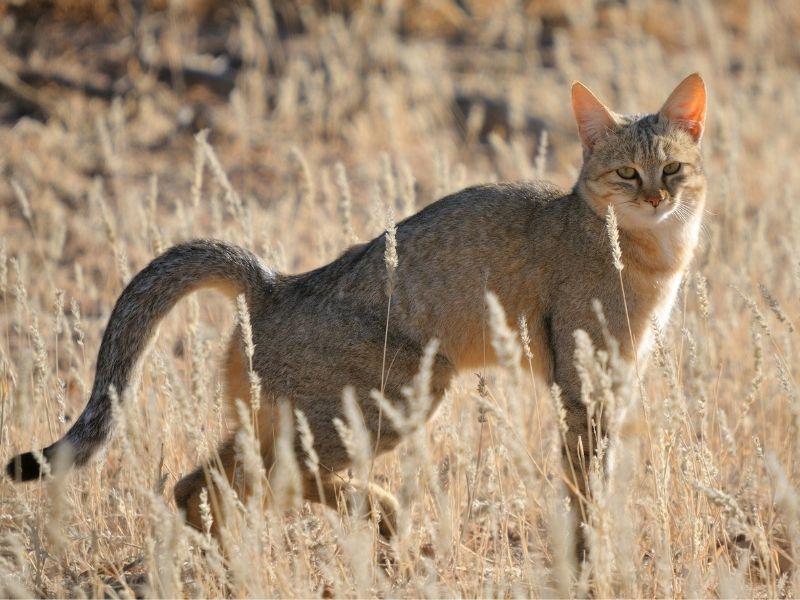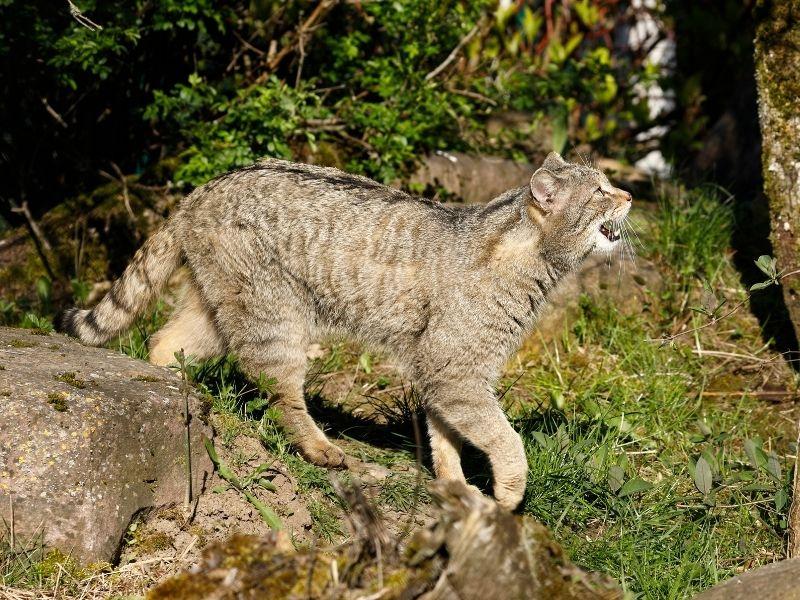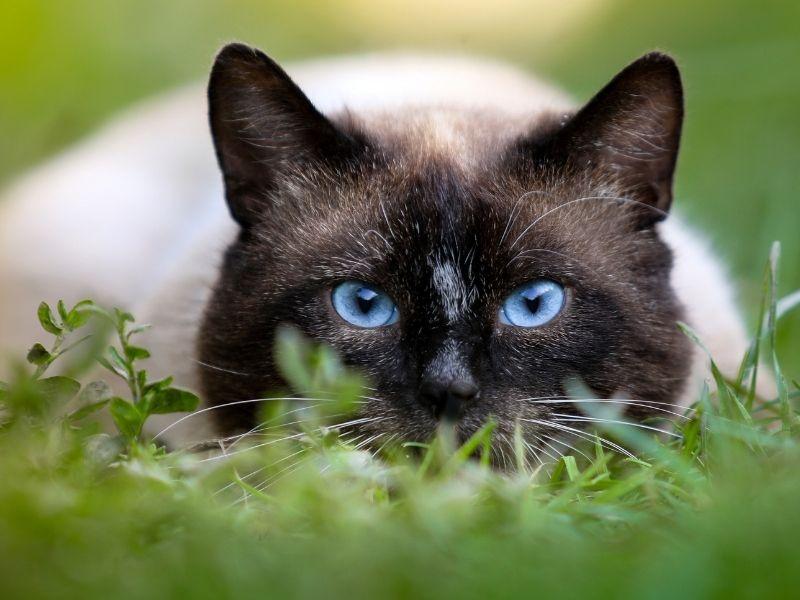Domestic cats are found living in the United States, Europe, and most of the rest of the world. They have been genetically studied to see where they have evolved from and when they went through major milestones. When did they evolve and how did they come to be the way they are today? Over the years, there have been many theories about how cats evolved but none has gained absolute recognition. The common belief is that domestic cats derived from a small wildcat species native to Eurasia and Eastern Africa. This, however, has been proved to be untrue.
Where Did Domestic Cats Evolve From?
The species Felis silvestris lybica was the original ancestor of domestic cats. The cat was domesticated in the Near East and later spread to Europe and Africa.
A study from 2007 of almost 1000 cats, showed that domesticated cats (Felis catus) had almost indistinguishable DNA from Felis silvestris lybica. The study helped show that domestic cats were closely related to a common ancestor. Felis silvestris lybica gave rise to the domestic cats of today. The Near Eastern Wildcat is genetically very close to domestic cats. This wildcat was trapped and domesticated in the Fertile Crescent and later spread to Europe and Africa. The African Wildcat was thought to have gone through domestication in Egypt and spread to Europe. Analyses of mitochondrial DNA (mtDNA) show that neither the African nor the Near Eastern Wildcats were the ancestor of the domestic cat.
What Did Domestic Cats Evolve From?
The ancestor of the domestic cat was not one single species, but rather a subspecies sharing common features. It is most commonly believed that cats evolved from Felids and this applies to both Africa and Europe. All Felids are carnivores and all tend to live in tropical climates. The African Felid had tawny coats, lived a solitary life, was nocturnal and had a more elongate skull. The European Felid had a light brown coat, lived in groups, was deciduous, and was a better jumper. Some scientists believe that the earliest ancestors of cats were the South American Wild Cat and the European Wild Cat. Others have disputed this theory.
What Were Cats Originally Used For?
Cats were used for hunting small rodents and birds. The earliest domestication of cats was thought to have been in Egypt. Cats were a source of wealth to the Egyptians because they were introduced to Egypt by traders. The traders found that their ships were infested with mice, so they released cats on them. Once the Egyptians discovered this, they began to domesticate cats and use them for other purposes. The Egyptians later used cats for religious ceremonies and to hunt other animals besides mice. Various cats were bred in Egypt, such as the Angora cat and the ancient Egyptian cat which was a prized possession.

What Were Cats like Before They Were Domesticated?
Cats originally lived in the wild. They lived in small groups consisting of a few males and many females. These cats were nocturnal and mainly ate fish, birds, and rodents. Some cats lived near the water and could swim. They were very skittish and would run away when they saw a human. Cats were not domesticated until 1350 BC., when people began to keep them as pets.
A cat’s instinct is to hunt. Their hunting instinct is so strong that it can even overcome their natural aversion to water. This makes cats very dangerous domesticated animals because they will often kill more prey than they need to survive.

See Also: How Are Domestic Cats Different from Wildcats?
And: What Is the Difference Between Feral and Domestic Cats?
Are Cats Smarter Than Dogs?
Dogs have been domesticated for a long time, estimated around 30,000 years. Cats though, have evolved to be better hunters, even though they are smaller than most dogs. Cats also have some of the best hearing, so they can hear a mouse creeping through the grass on the other side of the fence at night. People have domesticated dogs to kill rats and other pests, but cats are excellent hunters too, and are especially good at killing rodents.
Cats hunt for sport, not just to eat, and will hunt whether hungry or not. This fact makes them exceptional hunters in the wild. Cats are almost always facing a higher percentage of prey when they are hunting, because they don’t waste energy like dogs do. They are at a higher risk of being killed by some larger prey, but they also have a much better chance of killing it. While cats have not been domesticated for as long as dogs, dogs have received more attention when it comes to training. Dogs have been domesticated to perform a wide variety of tasks, but cats have only been domesticated since around 1350 BC., and even a domesticated cat retains a wild streak of nature.
Conclusion
Cats are amazing animals. There is a lot to learn about them and there is still plenty of room for scientists to do research. Cats have been domesticated for thousands of years, but they are still wild in many ways. It is interesting to consider how cats would act in a natural environment. Since they are only semi-domesticated animals, they can be problematic household pets at times.
Featured image: Siamese Cat in the grass

